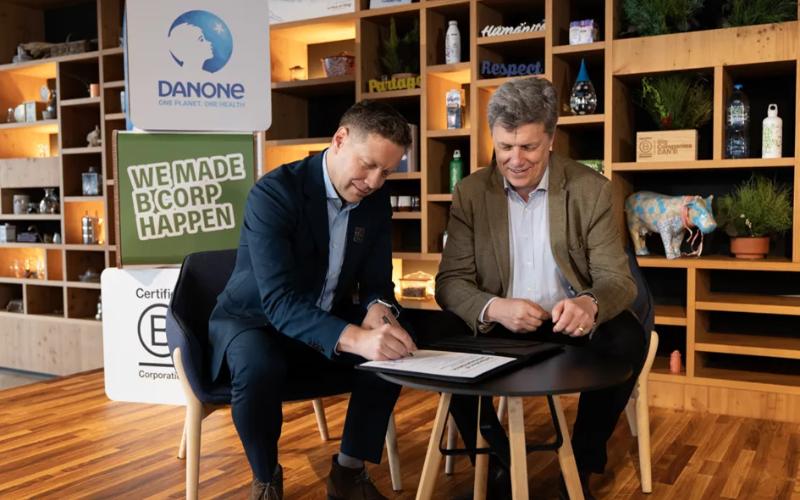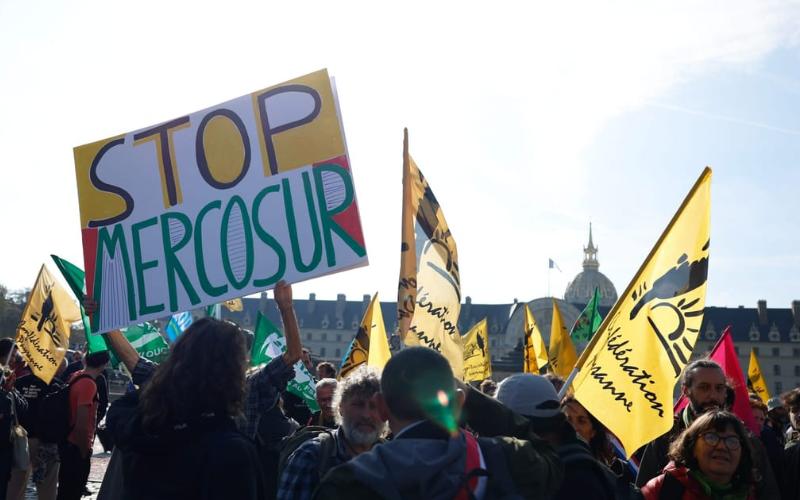The Butter Renaissance: how dairy took over your feed

Behind this butter renaissance lies a carefully orchestrated public relations effort by the U.S. dairy industry, particularly led by Dairy Management Inc. (DMI), a marketing group funded by mandatory fees collected from farmers. DMI's influence extends to sponsoring influencers like Doiron, organizing partnerships with major brands like McDonald's, and launching creative marketing initiatives such as the viral McDonald’s Grimace shake.
While these efforts have contributed to increased dairy consumption and production, they also come with environmental challenges. The dairy sector's growing footprint in greenhouse gas emissions raises concerns about sustainability and climate action. Additionally, the emphasis on market growth has led to the consolidation of dairy farms, squeezing out smaller producers and exacerbating economic disparities within the industry.
Despite these challenges, the dairy industry continues to invest heavily in promotional activities, leveraging partnerships with food companies and influencers to expand its reach. However, voices within the farming community advocate for alternative approaches, such as supply-management legislation, to address both economic and environmental concerns.
As the dairy industry explores new frontiers in marketing and export opportunities, the debate over the future of dairy production and consumption in the United States continues. While some envision a shift towards sustainable practices and equitable policies, others remain entrenched in the pursuit of market expansion, leaving the fate of America's dairy industry hanging in the balance.











